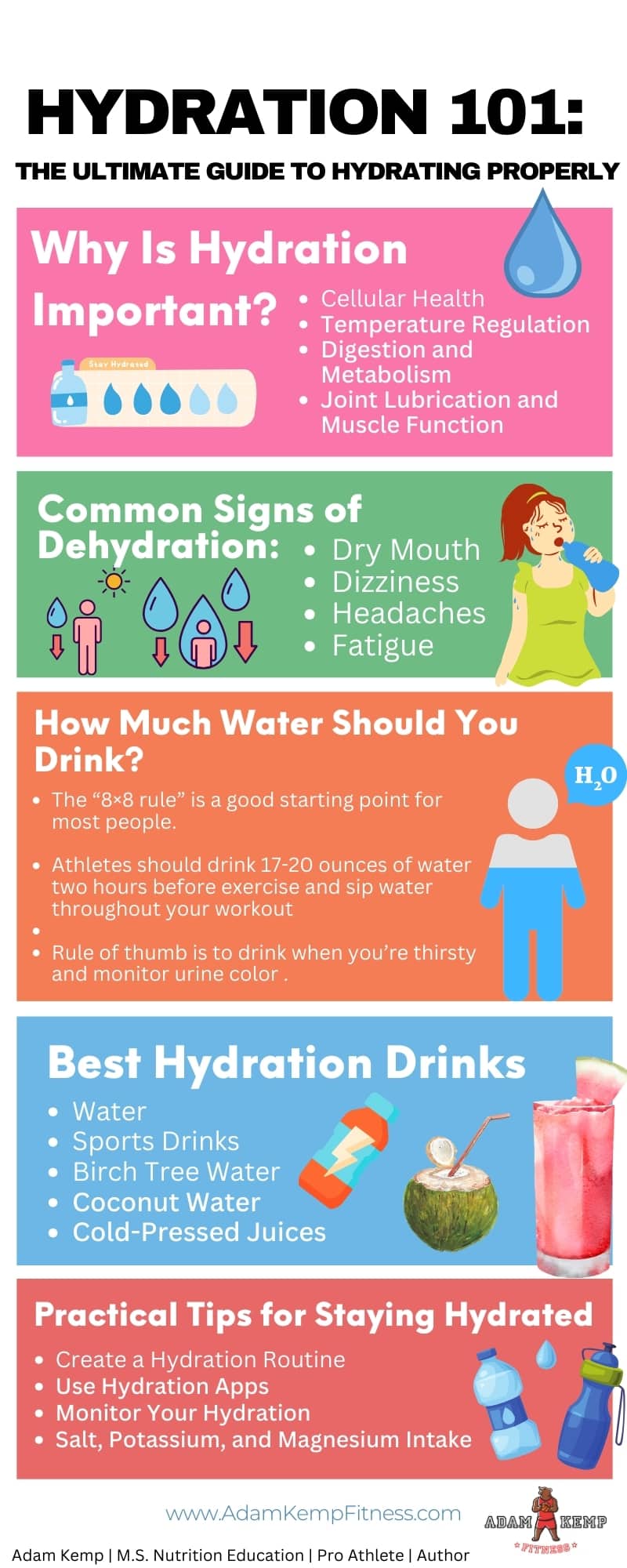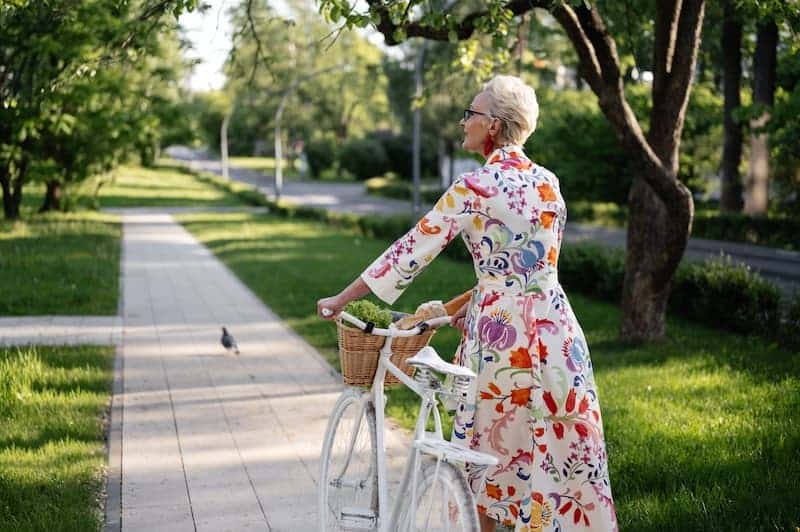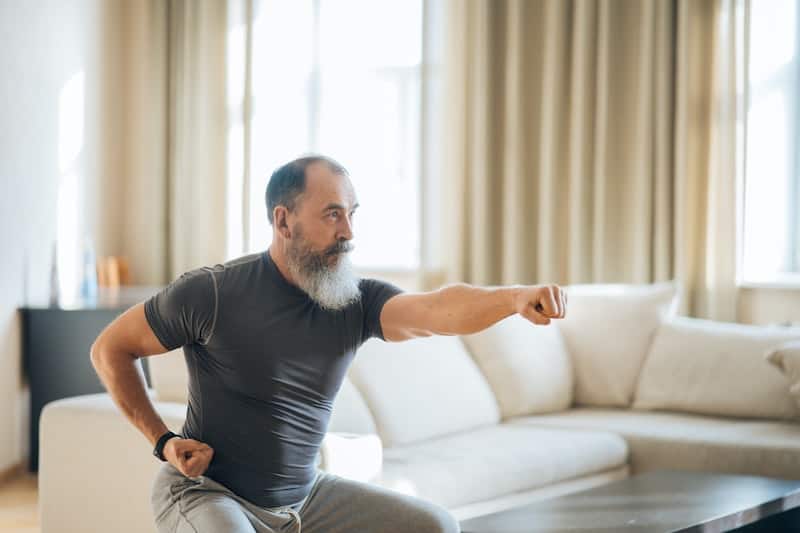Safe Fitness for Seniors: How to Stay Fit Safely While Aging
Aging doesn’t mean slowing down—it means becoming more intentional with how you move.
Safe, effective exercise is one of the most powerful tools older adults can use to maintain independence, protect physical and mental health, and enjoy a vibrant quality of life well into later years.
Many seniors hesitate to begin or continue a fitness routine out of fear of injury, uncertainty about what exercises are appropriate, or physical limitations.
However, gadgets like a fall alarm are available, which can be pivotal for ensuring help is available in case of a fall.
With thoughtful planning and a few key safety strategies, movement can be empowering—not risky.
Whether you’re already active or just getting started, the following guide outlines essential benefits of fitness for older adults, practical workout strategies, and expert-backed safety tips to help you stay strong, mobile, and confident at every age.
Why is Exercise Important for Seniors?
Regular exercise can significantly enhance both lifespan and quality of life. Beyond physical health, exercise promotes independence, reduces the risk of chronic diseases, and enhances mental well-being.
Benefits of Exercise for Seniors:
- Reduced risk of cognitive issues, such as memory loss.
- Improved mood and reduced symptoms of anxiety and depression.
- Better sleep quality.
- Enhanced balance and mobility, reducing the risk of falls.
- A stronger immune system.
- Lowered risk of chronic diseases, including diabetes, heart disease, and osteoporosis.
- Prevent sarcopenia (muscle loss/wasting)
How Much Should Seniors Exercise?
The optimal frequency of exercise for seniors depends on their overall health, fitness goals, and physical capabilities. However, general guidelines include:
Aerobic Activity: Heart and Lung Health
- Frequency: Aim for at least 150 minutes of moderate-intensity aerobic activity per week (e.g., 30 minutes, five days a week).
- Options: Brisk walking, swimming, cycling, or dancing.
- Specific Benefits for Seniors:
- Enhances cardiovascular health, reducing the risk of heart disease and stroke.
- Improves lung function, aiding in better oxygen flow and stamina.
- Boosts mood and reduces symptoms of anxiety and depression through endorphin release.
- Helps manage weight and lower blood pressure.
- Tip: Break 30-minute sessions into 10-15-minute intervals throughout the day for easier adherence.
Strength Training: Muscle & Bone Health
- Frequency: At least 2 days per week, targeting major muscle groups like legs, core, arms, and back.
- Options: Bodyweight exercises (e.g., squats or push-ups), resistance bands, or light dumbbells.
- Specific Benefits for Seniors:
- Strength training builds muscle strength, aiding in everyday tasks like climbing stairs or carrying groceries.
- Improves bone density, reducing the risk of osteoporosis and fractures.
- Enhances metabolic health, supporting better blood sugar control.
- Promotes joint stability and reduces arthritis symptoms.
Balance and Flexibility: Injury Prevention
- Frequency: Perform balance and flexibility exercises 2-3 times per week to reduce fall risk and improve coordination.
- Options: Simple balance exercises like standing on one leg or heel-to-toe walking. Single-leg exercises can become more advanced with time.
- Specific Benefits for Seniors:
- Enhances stability and prevents falls, a leading cause of injuries in older adults.
- Improves posture and reduces muscle stiffness for better overall mobility.
- Supports better control over daily movements, fostering independence.
Light Daily Movement: Embracing NEAT
Even on non-exercise days, seniors should focus on light activities that promote constant movement, contributing to NEAT (Non-Exercise Activity Thermogenesis). NEAT refers to energy burned through activities other than structured exercise, such as standing, fidgeting, or doing housework.
- Options: Walking, gardening, stretching, or performing household chores like cooking or cleaning the house.
- Specific Benefits for Seniors:
- Improves circulation and prevents stiffness caused by prolonged sitting.
- Enhances energy expenditure, contributing to weight maintenance.
- Reduces risk factors for chronic diseases like Type 2 diabetes and hypertension.
- Supports mental clarity and a sense of accomplishment from engaging in daily activities.
By combining these types of exercises with consistent light movement, seniors can achieve comprehensive health benefits while avoiding a sedentary lifestyle.
Top 5 Fitness Safety Tips for Seniors
Here are 5 safety tips for seniors who want to begin exercising:
1.) Pay Attention to Your Surroundings
Staying aware of your environment is crucial when exercising, especially outdoors or in unfamiliar spaces.
Uneven surfaces, poor lighting, or unexpected obstacles can increase the risk of falls or injuries.
- Exercise in well-lit, flat, and hazard-free areas.
- Use assistive devices like walking sticks or canes if necessary.
- Avoid exercising near heavy traffic or isolated areas without support.
Why it Matters: Seniors with vision or hearing impairments are at a higher risk of accidents. Exercising with a companion or in a group can provide added safety and motivation.
2.) Follow Your Doctor’s Advice
Medical clearance is a must before starting a new fitness routine.
Physicians can evaluate your health, recommend suitable exercises, and identify activities to avoid based on conditions like arthritis, osteoporosis, or heart disease.
Tips:
- Share your exercise plan with your doctor.
- Ask about modifications to exercises to suit joint or mobility limitations.
- Monitor your heart rate and breathing during workouts to avoid overexertion.
Why it Matters: Personalized advice helps seniors exercise effectively without risking injuries or exacerbating existing conditions.
3.) Know Your Body’s Limits
Overexertion can lead to strains, fractures, or long-term setbacks. Learning to recognize your physical limits and respecting them is key to safe and sustainable fitness.
Tips:
- Start with low-impact exercises like walking, yoga, or water aerobics.
- Gradually increase intensity and duration as your body adapts.
- Pay attention to warning signs like dizziness, shortness of breath, or joint pain.
Why it Matters: Pushing too hard can result in injuries that take longer to heal in older adults. Gentle progress ensures steady gains in strength and mobility without undue stress.
4.) Wear Proper Clothing & Footwear
Appropriate clothing and footwear are non-negotiable for exercise safety. Ill-fitting shoes or restrictive attire can cause falls, discomfort, or overheating.
Tips:
- Invest in supportive, non-slip workout shoes designed for your chosen activity (e.g., walking shoes or cross-trainers).
- Opt for breathable, moisture-wicking fabrics to prevent overheating.
- Use accessories like gloves for grip strength or knee braces for joint support, if needed.
Why it Matters: Proper gear enhances stability, reduces the risk of falls, and ensures comfort, allowing seniors to focus on their workouts.
Shoes that are too small, loose clothes, and tight exercise gear can all be dangerous.
5.) Stay Hydrated
Proper hydration is essential for seniors to prevent muscle fatigue, dehydration, and heat-related illnesses, including heat stroke. Age-related changes in thirst perception make consistent hydration critical during workouts, especially in warm weather.
Hydration Tips

- Keep a Water Bottle Handy: Sip water before, during, and after exercise.
- Eat Hydrating Foods: Include fruits like watermelon and vegetables like cucumber in your diet.
- Avoid Sugary Drinks: Opt for plain water or low-calorie electrolyte beverages like Prime Hydration.
- Drink Before Feeling Thirsty: Stay ahead of dehydration.
- Check Urine Color: Light yellow indicates proper hydration.
Why it Matters: Hydration helps maintain energy, supports joint health, and regulates body temperature, reducing the risk of heat stroke. Combine hydration with heat stroke prevention tips, like exercising during cooler times and wearing breathable clothing, to stay active and safe.
What if You Don’t Feel Comfortable Working Out?

You’re not alone if you find motivating yourself to exercise difficult.
However, you don’t need to exercise until you’re drenched in sweat or your muscles are in excruciating pain to improve your health significantly.
There are several ways to exercise and many ways you can stay fit without going to the gym.
Here are some ways to stay fit and healthy without doing traditional resistance training or aerobic workouts.
- Walk around the mall.
- Play outdoors sports like tennis or pickleball for seniors
- Chair Exercises
- Wander through nature and take pictures.
- Talk to a friend while exercising, stretching, or walking rather than at a coffee shop.
- Go for a walk with your dog and play fetch. If you don’t have one, offer to walk a neighbor’s dog or volunteer at a shelter or rescue organization for animals.
Final Thoughts: How to Exercise Safely for Seniors
Staying fit and active can increase the health span of aging individuals.
However, it is important to be safe while exercising to avoid additional health complications.
For those dealing with mobility limitations or chronic conditions, physical therapy for seniors is a smart starting point to build a safe and sustainable fitness routine.
Follow the tips listed above, and you can safely improve your health in a variety of ways!
Read Next: Medicare and Gym Memberships



